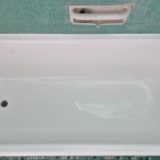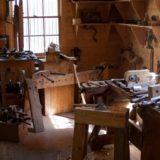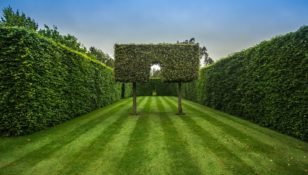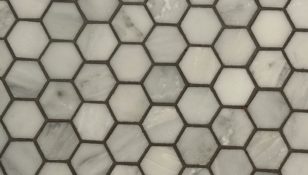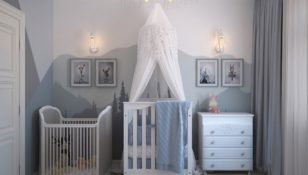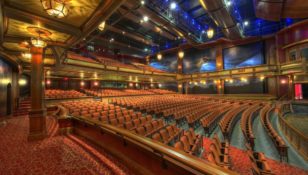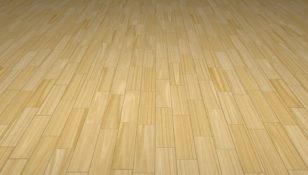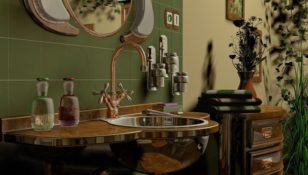Bad fixtures are an essential part of any bathroom, not only for their functionality but also for their aesthetic appeal

A well-chosen bathroom fixture can enhance the overall look and feel of the space, while a poorly selected one can easily ruin the entire design. In this article, we will explore the world of bathroom fixtures and provide valuable insights for those interested in this subject.
Introduction and Importance of Bathroom Fixtures:
Bathroom fixtures refer to the various accessories and fittings used in a bathroom, including faucets, showerheads, toilets, sinks, and bathtub fittings. These fixtures play a pivotal role in ensuring the smooth functioning of a bathroom and are crucial for maintaining hygiene and comfort.
When selecting bathroom fixtures, there are several important factors to consider. The first is functionality. Each fixture must serve its purpose effectively and efficiently. For example, faucets should provide a steady stream of water, and showerheads should deliver a satisfying water pressure.
Additionally, the design and style of the fixtures should harmonize with the overall theme and ambiance of the bathroom. Whether your bathroom follows a modern, minimalist, traditional, or eclectic style, there are fixtures available to suit every taste. The right fixtures can elevate the visual appeal of the bathroom and create a cohesive and inviting atmosphere.
Durability is another crucial aspect. Bathroom fixtures are subjected to constant use and exposure to water, chemicals, and moisture. Therefore, investing in high-quality fixtures made from durable materials such as brass or stainless steel is essential to ensure their longevity.
The Evolution of Bathroom Fixtures:
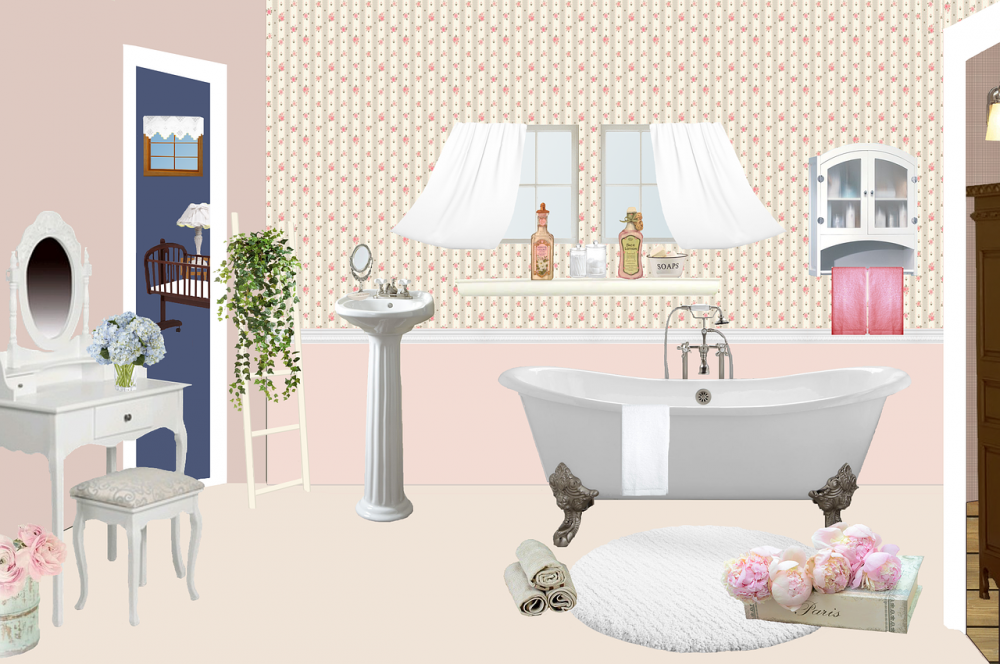
To understand the current state of bathroom fixtures, it is important to delve into their historical development. The evolution of bathroom fixtures has been influenced by advancements in technology, changing social norms, and evolving design trends.
In ancient times, basic bathing facilities were limited to communal spaces such as public baths or rivers. As civilizations progressed, bathing rituals became more private, leading to the development of dedicated bathing areas within homes. These early bathrooms consisted of simple wooden tubs and water basins.
During the Medieval and Renaissance periods, hygiene practices declined, and the focus on individual cleanliness waned. However, with the advent of the Industrial Revolution, the importance of personal hygiene reemerged, and bathroom fixtures started to evolve rapidly.
In the late 19th century, the introduction of indoor plumbing revolutionized the concept of bathrooms. Manufacturers began mass-producing bathroom fixtures, making them more accessible to the general public. This era witnessed the rise of porcelain fixtures, including sinks and toilets, that became the industry standard for decades to come.
The mid-20th century brought significant advancements in design and technology. Sleeker, more streamlined fixtures emerged, embodying the modernist principles of simplicity and functionality. Faucets, in particular, underwent a transformation, with the introduction of single-lever handles and ceramic disc valves, offering improved water control and efficiency.
In recent years, sustainability and water conservation have become key factors in the development of bathroom fixtures. Low-flow faucets and showerheads, dual flush toilets, and motion sensor technologies have gained popularity, offering environmentally friendly options without compromising on performance.
Structuring the Text for Google Featured Snippet:
To increase the probability of this article becoming a featured snippet in Google search results, it is important to structure the text effectively. By incorporating bulleted points throughout the article, we can present information in a concise, easily scannable format, which Google often favors for featured snippets. Additionally, utilizing proper heading hierarchy with and h2 tags helps organize the content and improve its visibility in search results.
[INSERT VIDEO HERE]
Conclusion:
In conclusion, bathroom fixtures are vital components that merge functionality with design, enhancing our everyday bathing experiences. Understanding the importance of functionality, aesthetics, and durability when selecting fixtures can greatly improve the overall appeal and longevity of a bathroom. Throughout history, bathroom fixtures have evolved from basic wooden tubs to sophisticated, technologically advanced accessories, with a recent emphasis on sustainability. By staying informed about the latest trends and innovations in bathroom fixtures, homeowners can create stylish and functional spaces that meet their unique preferences and needs.

